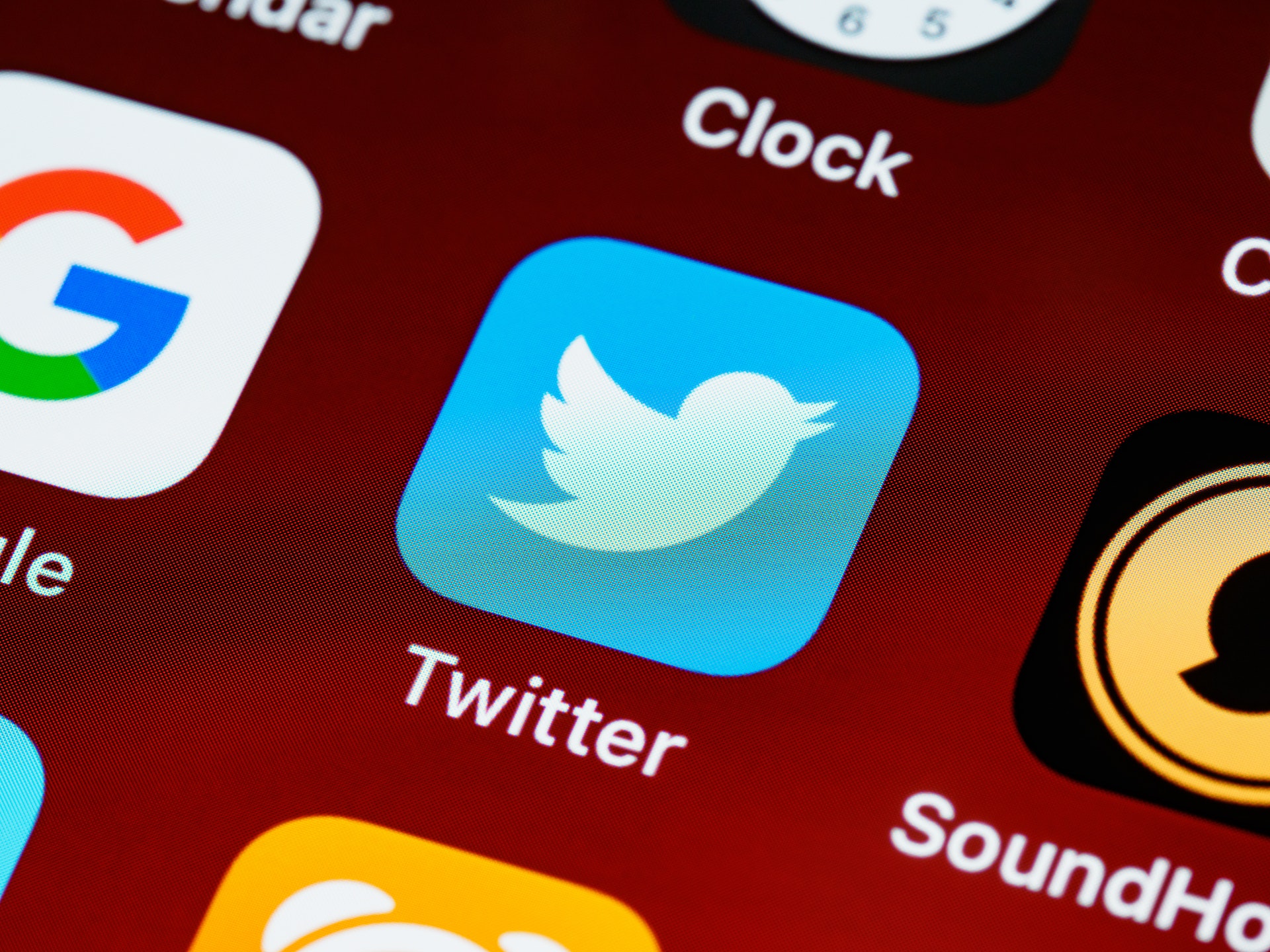Everyone is familiar with the recent assault on TikTok in Congressional hearings within the United States. This assault has created some doubt on how much one can rely on the platform for future marketing efforts. Influencers are being threatened as well as companies who promote their offerings to the multitude of users. Already a large swath of government workers are no longer permitted access to the app on their government issued devices.
Between the most recent news that TikTok executives can choose which posts go viral using the platform’s heating feature, and the ticking time bomb in the shape of potential TikTok bans on both sides of the Atlantic, the sheen could well be fading on the well-polished narrative around the short-form video app. But as always, when it comes to TikTok, marketers seem unfazed and continue to be enthralled by the platform.
With that said, it’s never a good look for any platform when the feature that supposedly makes it special is called into question.
“On its own, the revelation [of TikTok’s heating feature] isn’t likely to cause much upheaval, but it certainly isn’t great optics,” said Jasmine Enberg, principal analyst at eMarketer. “It’s also the first in a series of dominoes that will fall for TikTok this year, as the app will likely have to make some major concessions to appease U.S. regulators.”
But the idea that even a small number of TikTok employees can manually push content to users suggests there’s more going on behind closed doors — and it feels somewhat murky.
Jamie MacEwan, senior media analyst at Enders, explained that TikTok execs’ use of heating (which is boosting videos into users’ “For You” pages to achieve a more ideal number of views), confirms the TikTok team’s awareness of some of the drawbacks of having a very aggressive personalization engine — its lauded special algorithm — and so this is a way for them to account for those drawbacks in some way.
“The heating feature highlights that it’s not as perfect a system as ‘good content will always win,’ but I don’t think many marketers are naïve enough to believe that money wouldn’t play a part eventually,” added Matt Moorut, director analyst at the Gartner for Marketing Leaders practice.
After all, it was always expected that TikTok would give its closest partners the opportunity for a leg-up, such as by giving previews of upcoming products or, in this case, boosting videos, noted MacEwan.
And in the grand scheme of things, this heating tool is still only a small part of total views on the app (though specific numbers have yet to be confirmed), so it’s unlikely to impact marketers’ organic content.
But with a snafu like this coming to light, the credibility behind TikTok’s algorithm doesn’t feel as solid as it once was. Talk of banning the app from political circles, on university campuses and potentially entire countries only fuels those underlying concerns.
In fact, regulation is the real existential threat for TikTok, more so than this viral pushing by staff, according to MacEwan. As such, this news is unlikely to create any new TikTok skeptics among lawmakers or convince them TikTok has crossed a line in any way.
“Of course, that could change if it turned out TikTok staff had been promoting problematic content or upholding editorial lines relayed by managers in Beijing, which might involve heating or other tools,” he added.
From the outset, it appears marketers have had a higher level of skepticism for TikTok than other social platforms. But according to Moorut, that’s largely because the app can supposedly provide incredible viewership but still hasn’t managed to build analytics to truly trace that through to conversions in the same ways as other platforms.
Yet despite those flaws, which have yet to be ironed out, TikTok will likely see this latest issue as nothing more than a bump on the road to greater monetization opportunities. But as a scaling short-form video app, it still has a long way to go until the platform works for regulators, policy makers, brands, creators and consumers.
“Until there’s a radical shift in the regulatory environment or a truly massive scandal, I don’t see the compounding dissatisfaction affecting the fact that this will be an important channel for both brands and creators,” Moorut said.
Expect to see and hear more of TikTok and its influencers in the future.


